Related Research Articles

The Pomo are a Native American people of California. Historical Pomo territory in Northern California was large, bordered by the Pacific Coast to the west, extending inland to Clear Lake, and mainly between Cleone and Duncans Point. One small group, the Tceefoka, lived in the vicinity of present-day Stonyford in Colusa County, separated from the core Pomo area by lands inhabited by Yuki and Wintuan speakers.

The Kashia Band of Pomo Indians of the Stewarts Point Rancheria is a federally recognized tribe of Pomo people in Sonoma County, California. They are also known as the Kashaya Pomo.

The Guidiville Rancheria of California are a federally recognized Pomo tribe located in Mendocino County, California.
The Hopland Band of Pomo Indians of the Hopland Rancheria is a federally recognized tribe of Pomo people in Mendocino County, California, south of Ukiah. The Hopland Band Pomos traditionally lived in the Sanel Valley.
The 70-acre (280,000 m2) Coyote Valley Reservation in Redwood Valley, California is home to about 170 members of the Coyote Valley tribe of the Native American Pomo people, who descend from the Shodakai Pomo. They are a federally recognized tribe, who were formerly known as the Coyote Valley Band of Pomo Indians of California.
Indian termination is a phrase describing United States policies relating to Native Americans from the mid-1940s to the mid-1960s. It was shaped by a series of laws and practices with the intent of assimilating Native Americans into mainstream American society. Cultural assimilation of Native Americans was not new; the belief that indigenous people should abandon their traditional lives and become what the government considers "civilized" had been the basis of policy for centuries. What was new, however, was the sense of urgency that, with or without consent, tribes must be terminated and begin to live "as Americans." To that end, Congress set about ending the special relationship between tribes and the federal government.
The Buena Vista Rancheria of Me-Wuk Indians of California is a federally recognized tribe of Miwok in Amador County, California. The Buena Vista Miwok are Sierra Miwok, an indigenous people of California.
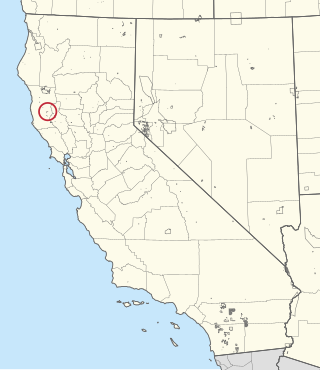
The Redwood Valley Rancheria is a federally recognized Indian tribe located in Redwood Valley, Mendocino County, California. The tribe is primarily composed of Pomo Indians. Redwood Valley Rancheria is a sovereign Indian tribe with the powers of self-governance.
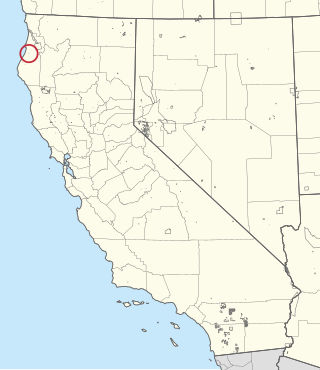
The Blue Lake Rancheria of the Wiyot, Yurok, and Hupa Indians is located northwest of the city of Blue Lake in Humboldt County, California on approximately 76 acres (0.31 km2). As of 2007, there were 53 enrolled members. As of the 2010 Census the population of Blue Lake Rancheria was 58.
The Cloverdale Rancheria of Pomo Indians of California is a federally recognized tribe of Pomo Indians in California. The tribe is currently considered "landless", as they do not have any land that is in Federal Trust. In 2008 they acquired approximately 80 acres (32 ha) of property on the southern end of Cloverdale, California. The property is currently going through the Fee to Trust process to become the tribe's landbase.
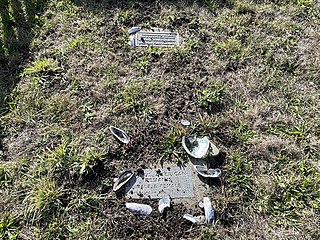
The Sherwood Valley Rancheria of Pomo Indians of California is a federally recognized tribe of Pomo Indians in California.
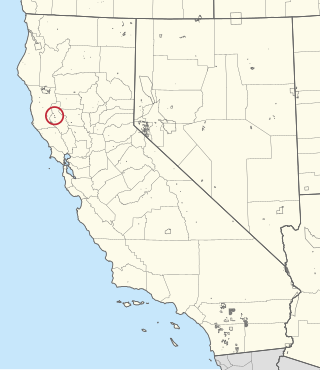
The Habematolel Pomo of Upper Lake is a federally recognized tribe of Pomo Indians in Lake County, California. The tribe's reservation, the Upper Lake Rancheria, is 119 acres (0.48 km2) large and located near the town of Upper Lake in northwestern California.
The Scotts Valley Band of Pomo Indians of California, also known as the Scott's Valley Band of Pomo Indians of the Sugar Bowl Rancheria is a federally recognized tribe of Pomo and Wailaki Indians in Lake County.

The Robinson Rancheria of Pomo Indians of California is a federally recognized tribe of Eastern Pomo people in Lake County, California.

The Pinoleville Pomo Nation is a federally recognized tribe of Pomo people in Mendocino County, California. Leona Williams serves as Tribal Chairperson.
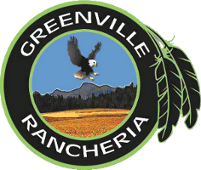
The Greenville Rancheria of Maidu Indians of California is a federally recognized tribe of Maidu people in Plumas and Tehama Counties, California.
Tillie Hardwick was a Pomo Indian woman who was instrumental in reversing the California Indian Rancheria termination policy of the U.S. government.
The California Rancheria Termination Acts refer to three acts of Congress and an amendment passed in the 1950s and 1960s as part of the US Indian termination policy. The three Acts, passed in 1956, 1957, and 1958 targeted 41 Rancherias for termination. An additional seven were added via an amendment in 1964. Including three previous terminations, 46 of the 51 targeted Rancherias were successfully terminated. Through litigation and legislation, over 30 Rancherias have been restored and at least five are still working to be.

Luwana Quitiquit was a Native American administrator, activist, and basket weaver. During the Occupation of Alcatraz she worked as one of the cooks who provided food to those living on the island. Her career was as an administrator for various California Indian organizations. Subsequently, she became a well-known doll maker, basketweaver, jeweler, and teacher of Pomo handicrafts. In 2008, she and her family were disenrolled from the Robinson Rancheria of Pomo Indians of California. She fought the action claiming it was politically motivated until her death. Posthumously, in 2017, her membership, as well as for her other family members, was reinstated in the first known case where a tribe reversed its decision on membership termination without a court ruling.
The InterTribal Sinkyone Wilderness Council is a consortium of Northern California tribal nations focused on environmental and cultural preservation. The council, which includes members of 10 federally recognized tribes in Mendocino and Lake counties, has worked to protect lands of cultural importance along the North Coast within the traditional Sinkyone tribal territory since it was established in 1986. Nonprofit and governmental organizations have cooperated with the council in the restoration of property to descendants of its original inhabitants which is part of an effort to return Indigenous lands and autonomy to Indigenous communities. After the invasion of the traditional Sinkyone tribal territory by multitudes of Euro-American settlers in the mid-1850s, Sinkyone people eventually became enrolled members at several tribes located throughout the region. The council is made up of the Cahto Indian Tribe of the Laytonville Rancheria, Coyote Valley Band of Pomo Indians, Hopland Band of Pomo Indians, Pinoleville Pomo Nation, Potter Valley Tribe, Redwood Valley Rancheria of Pomo Indians, Robinson Rancheria of Pomo Indians, Round Valley Indian Tribes, Scotts Valley Band of Pomo Indians and Sherwood Valley Rancheria of Pomo Indians.
References
- Barrett, Samuel Alfred. The Entho-Geography of the Pomo and Neighboring Indians. Berkeley: University of California, 1908.
- Pritzker, Barry M. A Native American Encyclopedia: History, Culture, and Peoples. Oxford: Oxford University Press, 2000. ISBN 978-0-19-513877-1